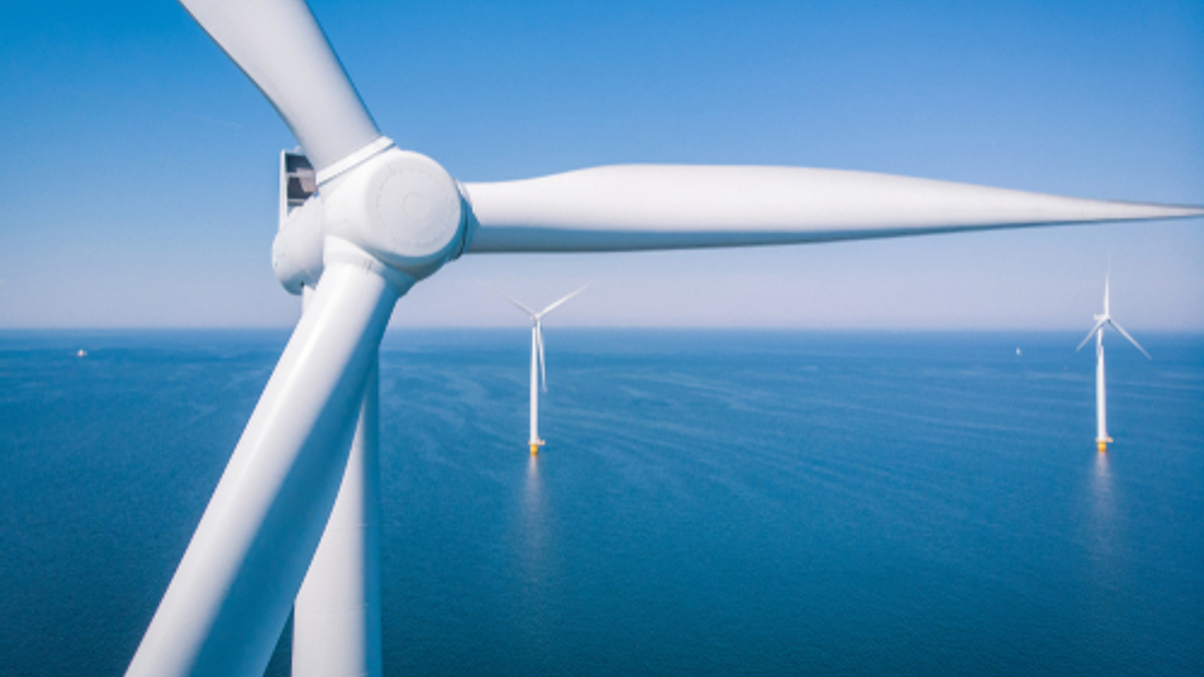Southeast Asia’s renewables boom offers fresh options
Three major Asean countries — Vietnam, Indonesia and the Philippines — are leading in developing renewable energy sources and giving investors new opportunities.

The rising demand for clean energy solutions backed by supportive government policies is driving the growth of renewable energy in Southeast Asia and opening opportunities for long-term investors keen on the energy transition theme in emerging markets, said experts.
Sign in to read on!
Registered users get 2 free articles in 30 days.
Subscribers have full unlimited access to AsianInvestor
Not signed up? New users get 2 free articles per month, plus a 7-day unlimited free trial.
¬ Haymarket Media Limited. All rights reserved.


